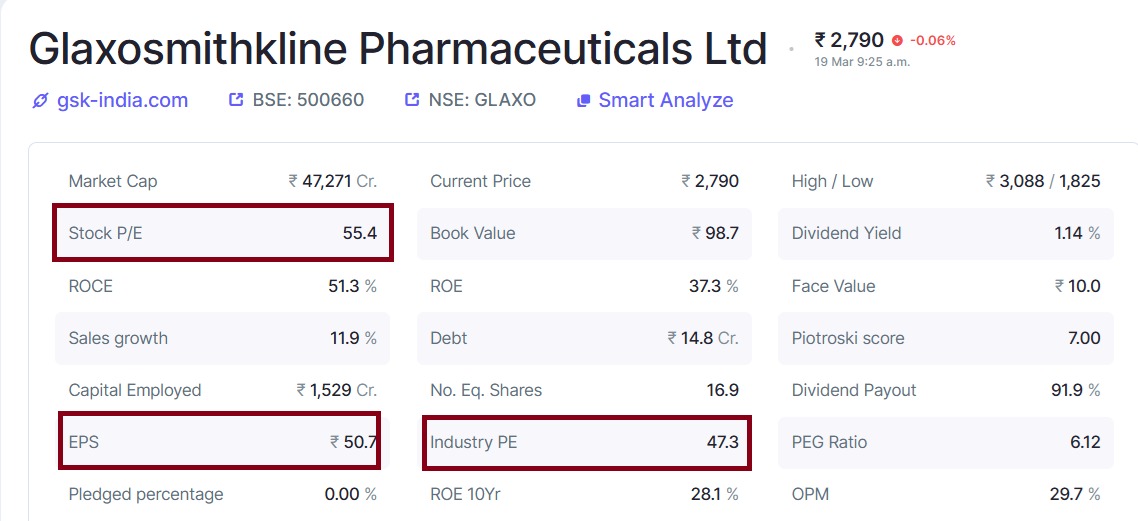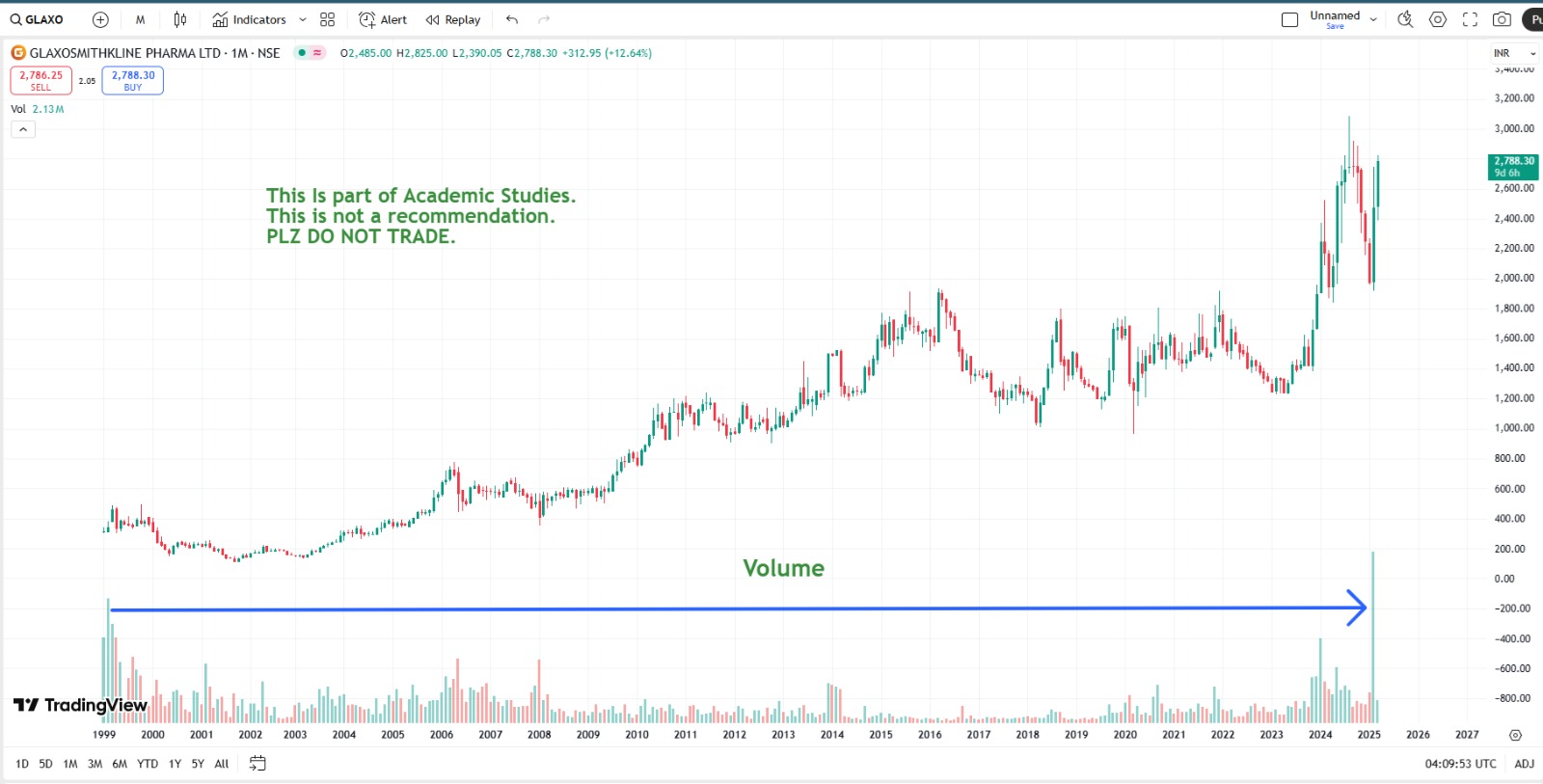ITD Cementation delivered solid growth in FY25, and with a strong order pipeline and synergy with Adani in FY26, further acceleration is expected — with continued focus on both margins and execution.
Tag: stocks
-
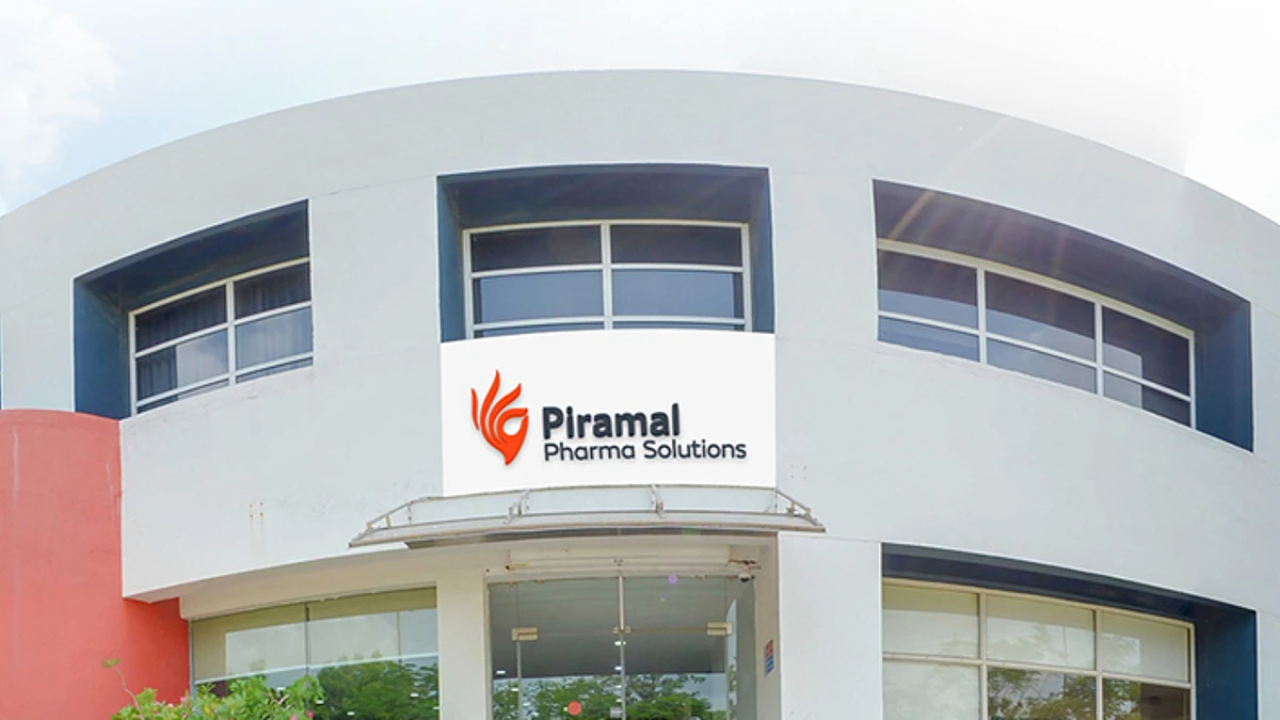
Piramal Pharma: A Re-Emerging Pharma Player with Strong Growth Ambitions
Piramal Pharma Limited (PPL), a part of the Piramal Group, operates across three key segments:
Contract Development and Manufacturing Organization (CDMO),
Complex Hospital Generics (Critical Care), and
Consumer Healthcare (Over-the-Counter or OTC) products.The company entered the pharmaceutical space in 1988 through the acquisition of Nicholas Laboratories and has since expanded through a series of strategic mergers, acquisitions, and organic growth initiatives. In 2010, Piramal sold its domestic formulations business to Abbott for $3.7 billion, and its diagnostic services business to Super Religare Laboratories (SRL).
-
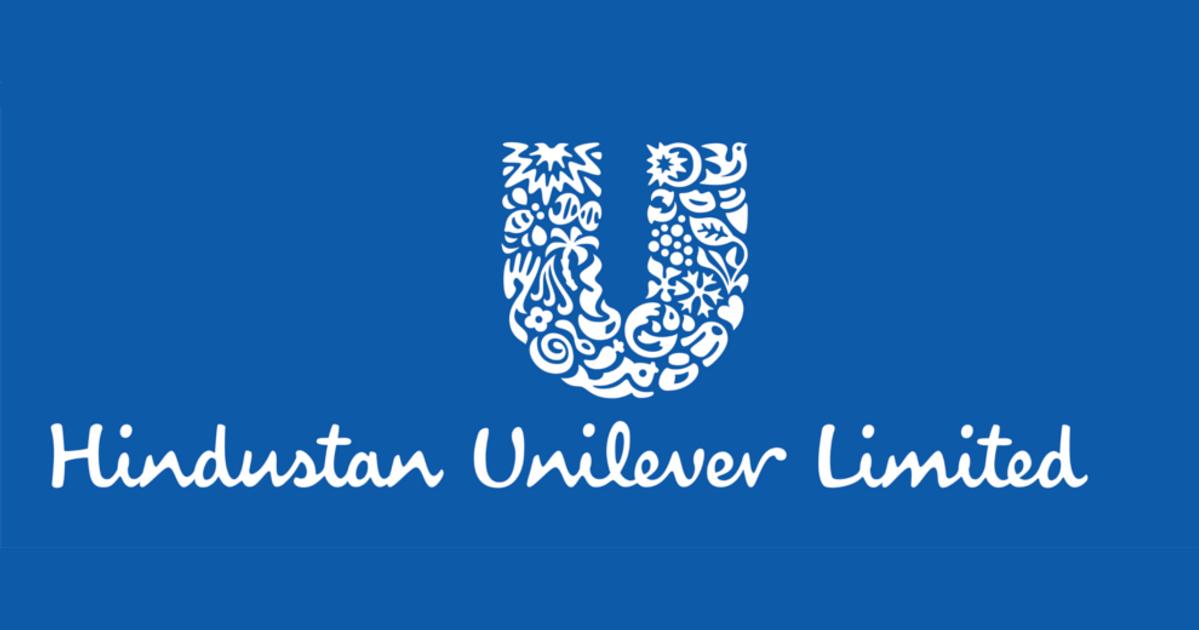
HUL’s Long-Term Strategy: Premiumization, Digital Push, and Steady Brand Strength
HUL, India’s largest FMCG company, continues to focus on premiumization, strategic acquisitions, and digital transformation to drive long-term growth. Despite near-term demand challenges, the company’s strong brand positioning, cost efficiency, and innovation-led strategy keep it resilient.
🔹 Revenue & Profit Trends 📈
🔹 Segment-Wise Performance 🏭
🔹 Premiumization & Market Strategy 💎
🔹 Growth Drivers & Challenges ⚡
🔹 Valuation Insights 📊 -
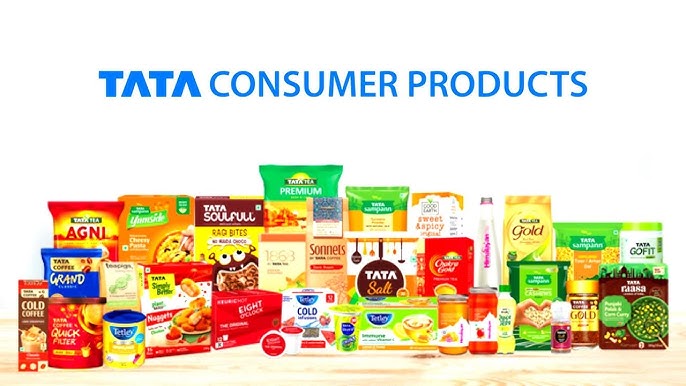
Tata Consumer Products – Solid Brand Facing Growth and Return Challenges
Tata Consumer Product ltd remains a strong brand in the FMCG space, its stagnant growth, low return ratios, and high capex investments raise concerns about near-term profitability. Future stock performance will depend on its ability to accelerate revenue growth, improve ROCE, and justify its premium valuation.
-
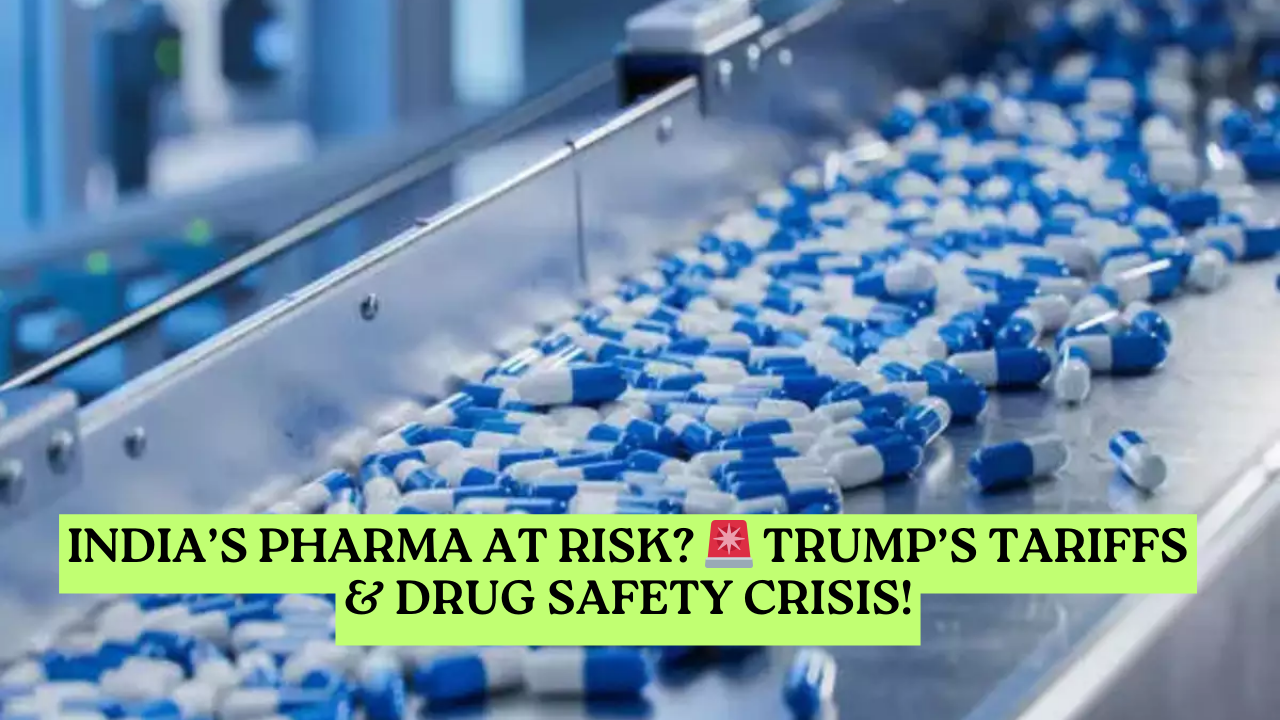
Will Trump’s Tariffs Expose India’s Drug Safety Concerns?
What’s Happening?
India’s pharmaceutical industry could face a major challenge as Trump’s new tariffs and stricter drug safety norms may impact Indian medicine exports. At the same time, 47 Indian drugs were declared “Not of Standard Quality” (NSQ) in February 2024 by the Central Drugs Standard Control Organization (CDSCO).🇺🇸 Trump’s Tariffs & Drug Safety Issues
- The US wants to reduce dependence on Chinese pharmaceutical imports and sees India as a key alternative supplier.
- However, rising concerns about the quality of Indian medicines could lead to stricter scrutiny in the US and Europe.
Regulatory approvals may become tougher, affecting the growth of Indian pharma exports.
🚨 47 Indian Drugs Fail Quality Standards – What Does It Mean?
- These drugs failed testing due to composition issues, contamination, or improper disintegration.
- They could pose health risks if consumed by patients.
- India’s global pharma credibility may take a hit, especially when it’s already under pressure from Trump’s trade policies.
💡 What’s Next?
- Indian pharmaceutical companies must improve compliance and quality control to maintain global trust.
- The Indian government may tighten drug safety regulations to ensure medicines meet international standards.
- If India strengthens its pharma quality, it could benefit from reduced reliance on China and emerge as a global leader.
📢 Key Takeaway:
Trump’s new trade policies and India’s drug safety concerns present both a challenge and an opportunity for the pharma sector. If India improves its quality standards, it can become a dominant global pharma player. Otherwise, stricter regulations and trade barriers may pose serious threats!




